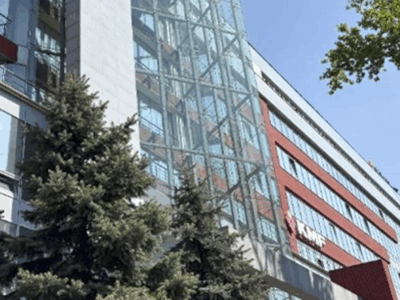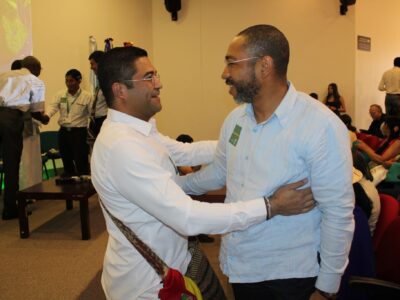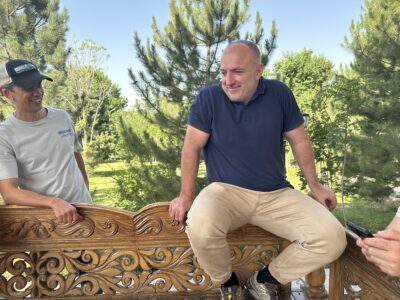
Over the last two years, I traveled to the towns of Kumasi, in southern Ghana, and Haasto, near the capital of Accra, to help farmers cultivate mushrooms as an ACDI/VOCA volunteer for the USAID Farmer-to-Farmer (F2F) Program.
Each time, I found myself impressed by how much discipline and eagerness the groups expressed. Most of the 30 participants were young men and women. They listened attentively to my presentation and actively joined in the group discussions that followed. Because of their positive attitudes and desire to learn, the trainings achieved vital two-way interactions.
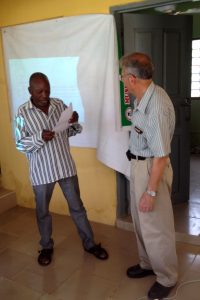
While I delivered the material through a PowerPoint presentation, illustrations, and guided activities, the participants also formed five working groups: a spawn group, tissue culture group, incubator group, media group, and laminar flow hood group. Each gathered information on their topics and shared their recommendations for improvement with the larger group.
To me, the hands-on work proved most interesting. I looked forward to showing participants how to prepare spawn and inoculate the sterilized substrate. I felt encouraged to see them learn alternatives methods, such as using other lignocellulose resources available depending on the agricultural practices of Ghana’s different climatic regions. I was pleased to see them using locally-available, heat resistant polyethylene bags as spawn containers, instead of the popular narrow-neck soda bottles.
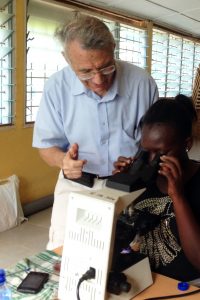
Above all, I encouraged participants to be realistic, rather than pursue options beyond their reach at any given stage. I advised them, as mushroom growers, not to try to take the place of spawn laboratories, or jump ahead with advanced practices before mastering the basics.
Their own spawn lab gained a significant improvement when they assembled a laminar flow hood, a device designed to create a germ-free environment for mushroom cultivation. I observed the working group as they assembled it using plywood, electric cables, and other materials from the local market, as well as a HEPA filter and air blower I brought from the United States. Other participants observed how the hood area received an air current from the HEPA filter, which prevented contaminating particles from entering.
I was pleased and honored to volunteer with these communities. My hope was that I delivered my humble, lifelong experience, along with the science material. By the end of my assignment, I saw that a sincere affection and respect was reciprocated among the groups. The most rewarding part for me came after leaving, when participants asked me to accept a future assignment so that I could return to work with them again.
Comments
